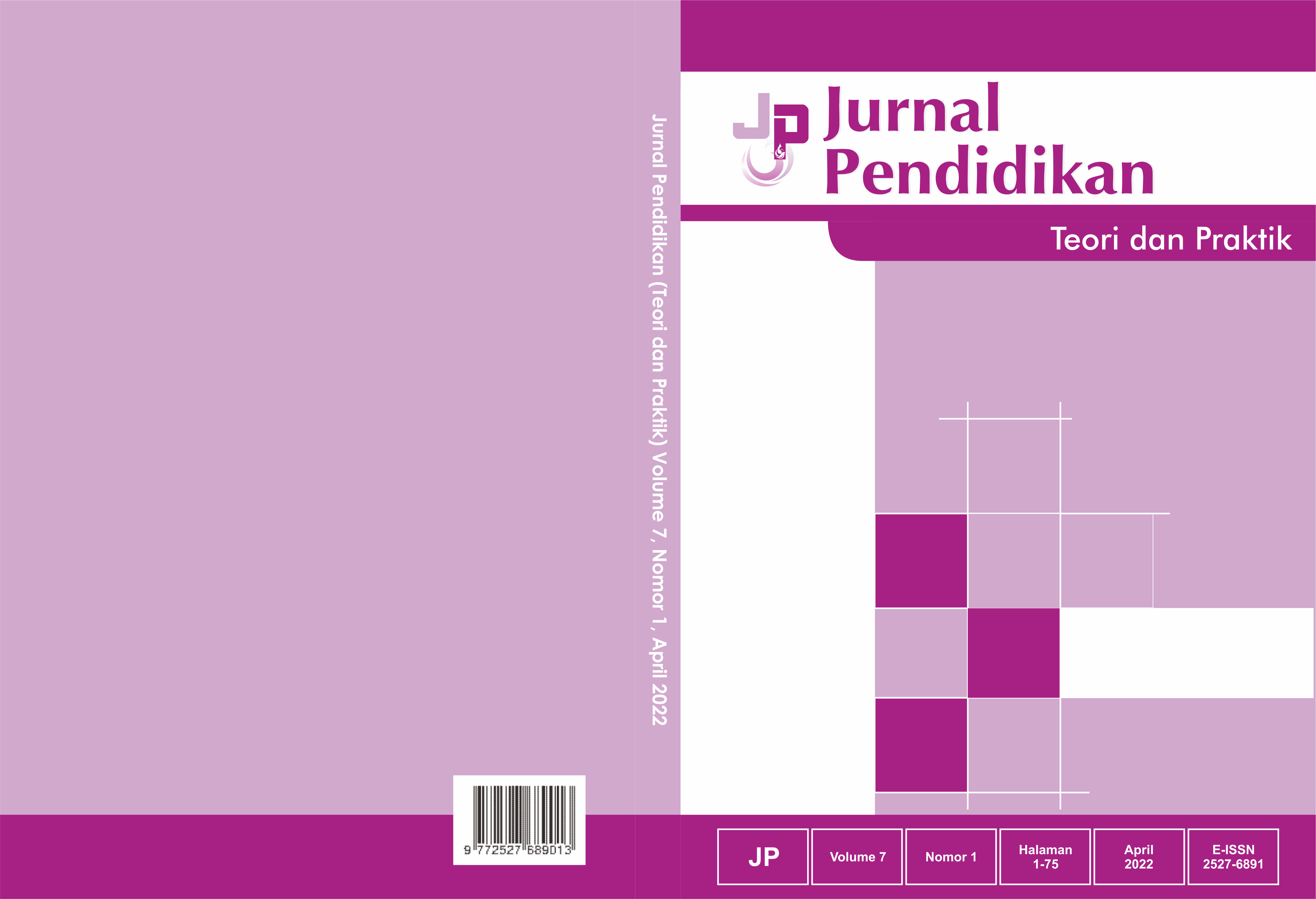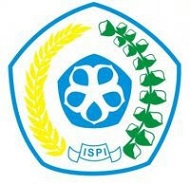UTILIZATION OF MOUNT ARJUNA SLOPE HISTORICAL SITE AS AN OUTDOOR LEARNING SOURCE
DOI:
https://doi.org/10.26740/jp.v8n1.p22-28Keywords:
Historical Sites, Outdoor LearningAbstract
Learning History is an important and strategic lesson. In its implementation, many problems occur. Utilization of historical learning resources is one of the innovations and updates to address the problems that occur. Learning History is also strengthened by the many potential historical sites that have not been utilized, such as sites on the slopes of Mount Arjuna. The method used in this research is to use literature to analyze the urgency of outdoor learning and to explain the sites studied using historical research methods namely heuristics, verification, interpretation and historiography. This study describes and provides examples of how historical sites on the slopes of Mount Arjuna are utilized. Considering that there are several historical sites on the slope, it can be used as a learning resource for field activities or outdoor learning. The scheme of studying the utilization of Mount Arjuna's slope site consists of three stages, namely introduction (orientation), core (exploration) and closing (evaluation).
References
I. Gunawan, Metode Penelitian Kualitatif: teori dan praktik. Bumi Aksara, 2022.
E. Widiasworo, Cerdas pengelolaan kelas. Diva Press, 2018.
Downloads
Published
How to Cite
Issue
Section
License

This work is licensed under a Creative Commons Attribution-ShareAlike 4.0 International License.
 Abstract views: 446
,
Abstract views: 446
, PDF Downloads: 286
PDF Downloads: 286








.png)





